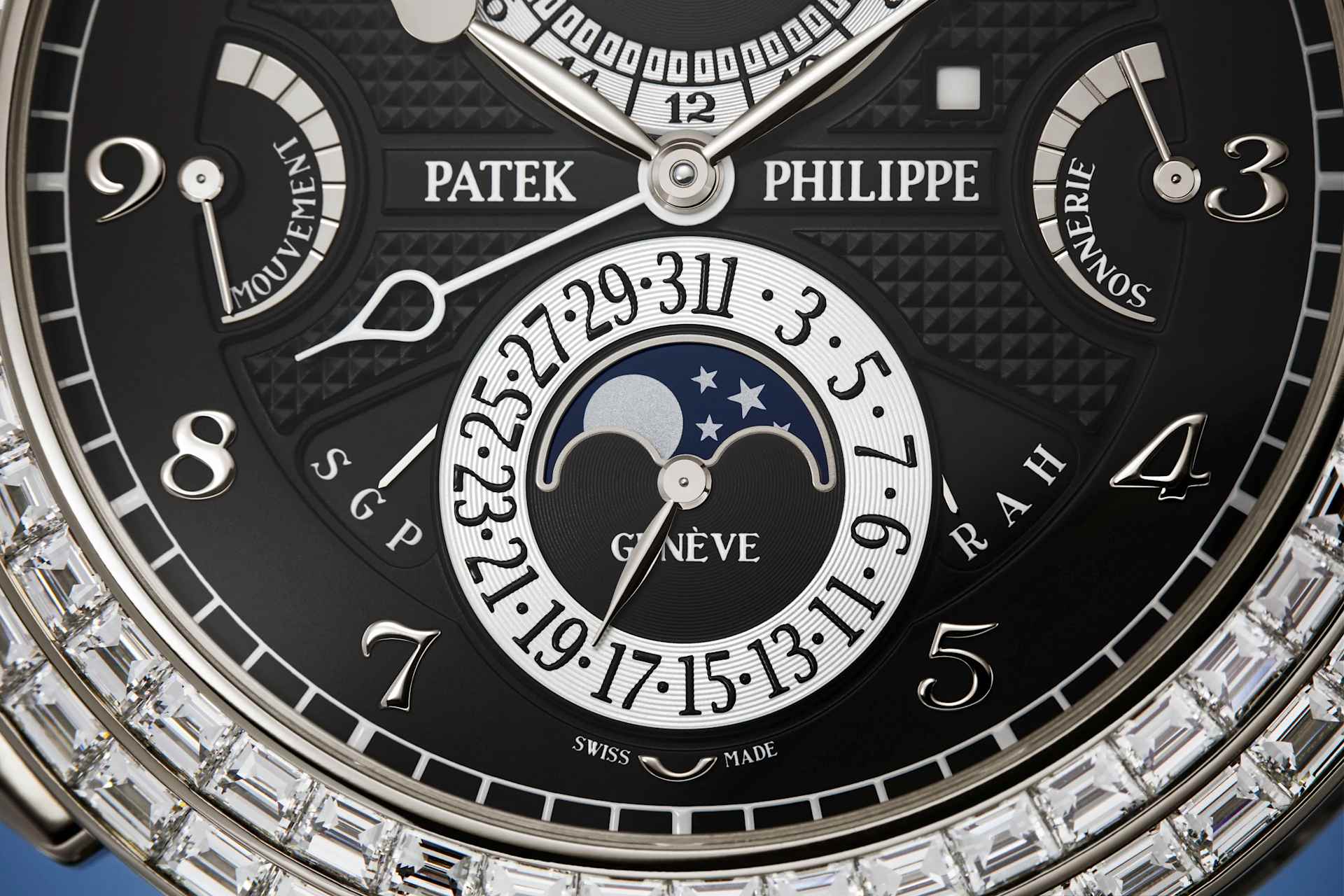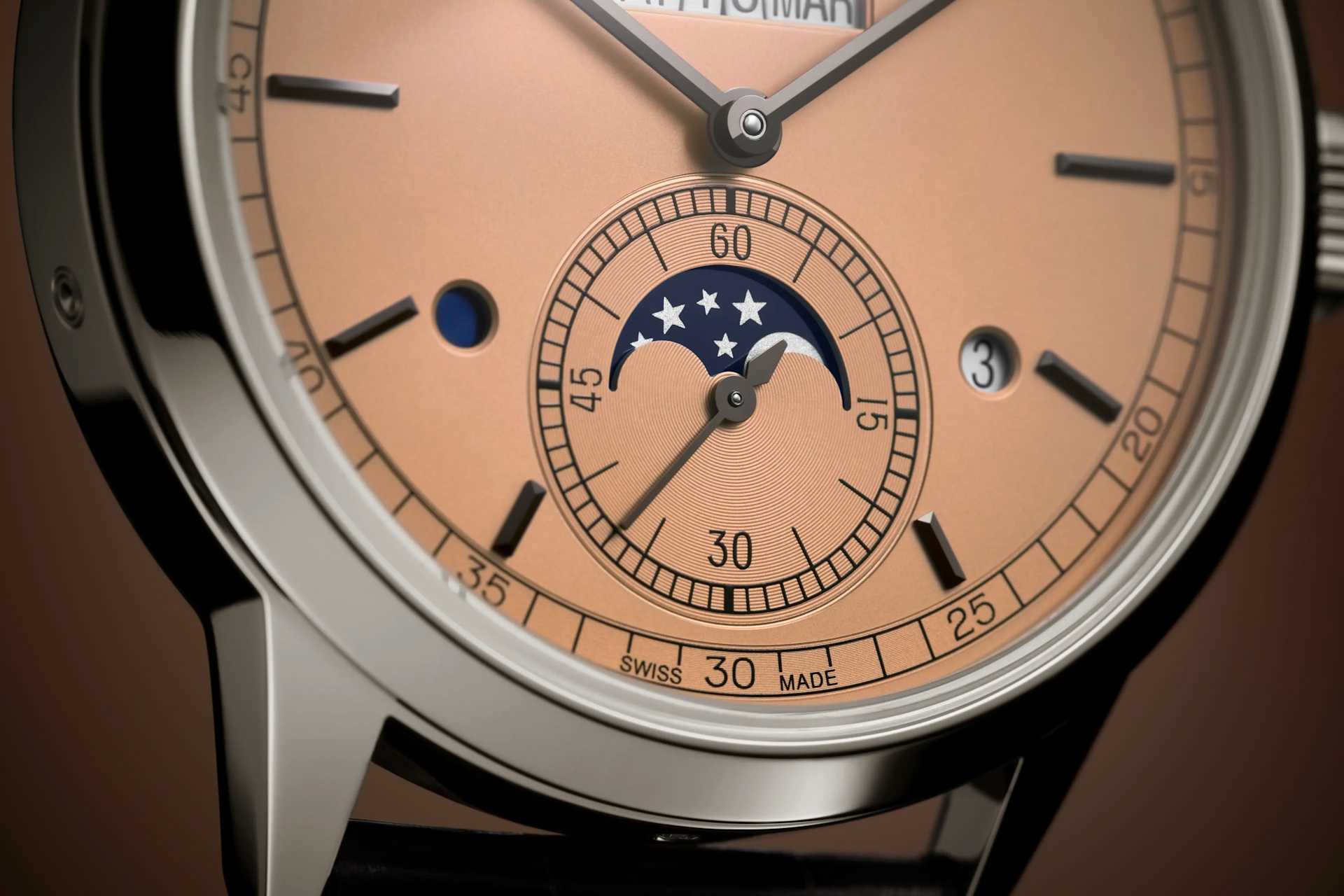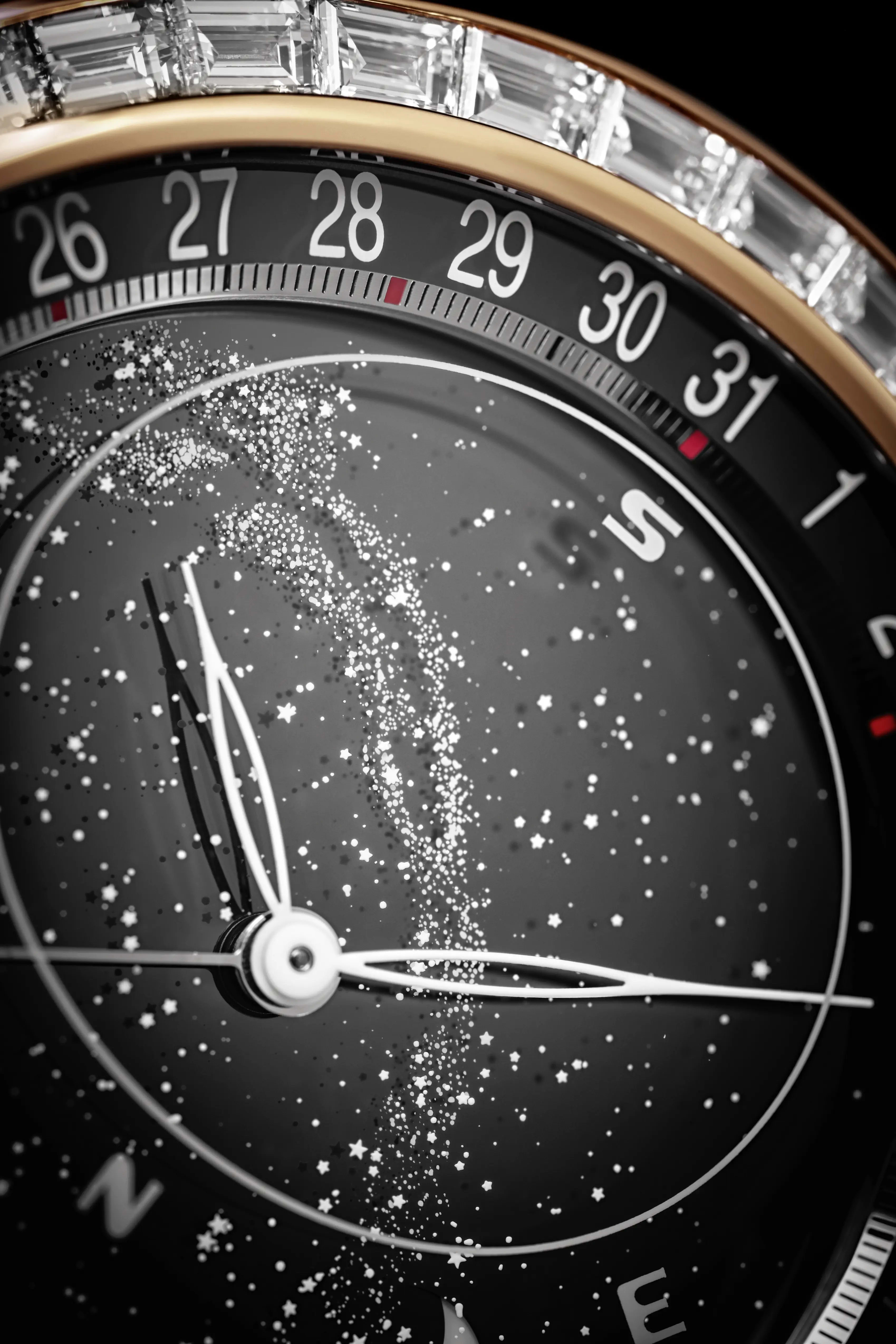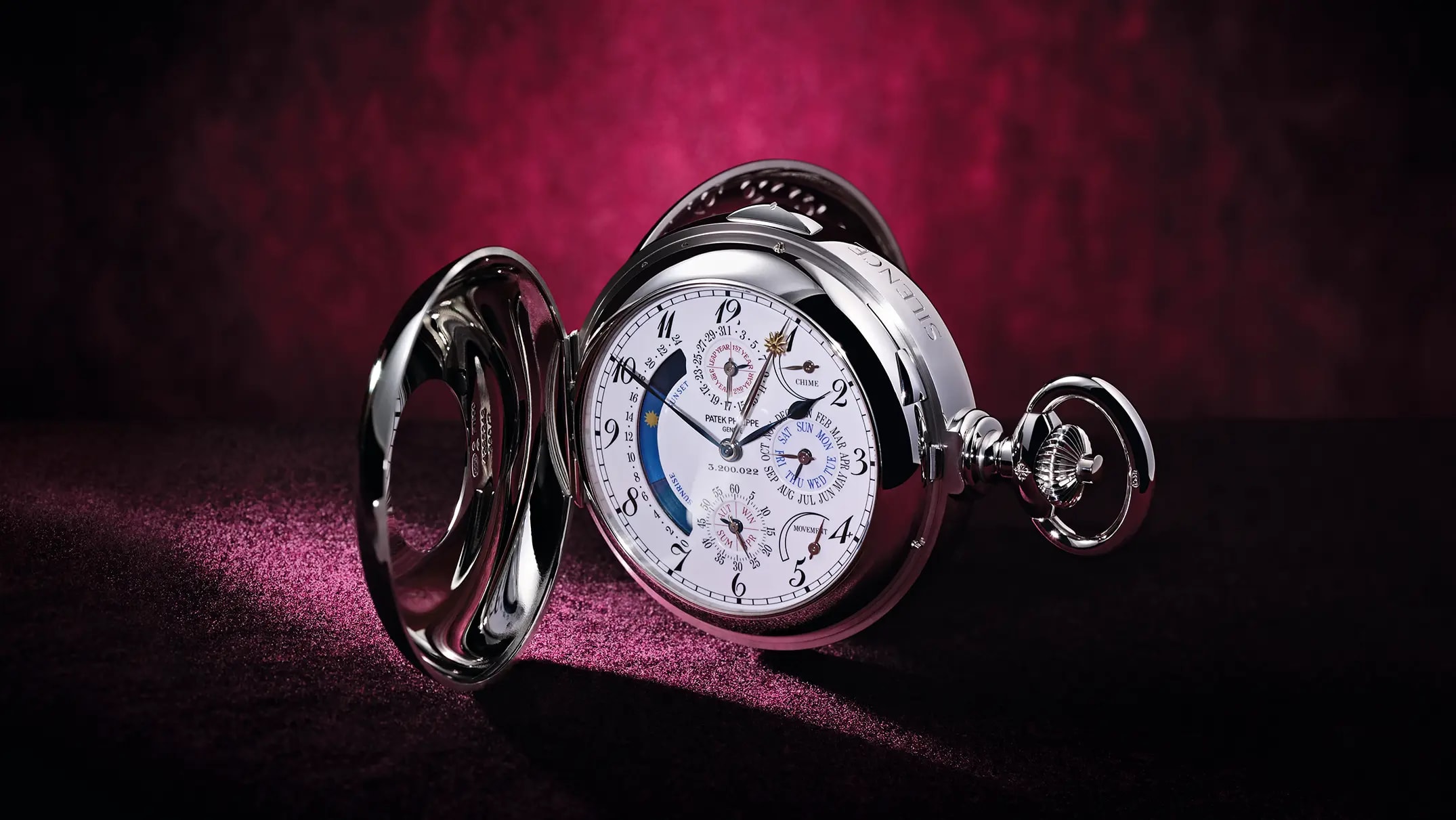Settings
Star Caliber 2000
This page contains detailed explanations regarding the adjustment procedure for the perpetual calendar and the sky/moon mechanism of the Star Caliber 2000.
How to set the Star Caliber 2000
Fill out the form and follow the settings instructions at the bottom of the page, selecting the situation that corresponds to yours.
adjustment procedure for the star caliber 2000
On sky side
- Moonphase revolution:
Moon adjustments
- Large divisions:
- Small divisions:
Sky adjustements
- Large divisions:
- Small divisions:
On dial side
- Leap cycle year:
- Day of the week:
- Date:
- Month:
- First, wind the watch.
- Then set the perpetual calendar and the correct time with the winding crown.
- Setting the sky/moon mechanism: find below the information you need to position the sky and moon indices as well as the number of moon revolutions required to set the moon-phase display. These settings are performed with the rotating bezel.
Moon and moon-phase settings
- Set the moon phase to full moon and then align the moon index with the meridian (M).
- In the program window, "Moon phase revolutions" indicates the number of dial revolutions the moon has yet to compete to indicate the correct moon phase.
- Using the rotating bezel, advance the moon index by that number of revolutions.
- In the program window, "Moon adjustments" indicates the number of large and small graduations (divisions).
- Advance the moon index by that number of graduations (divisions). This completes the moon function setting procedure.
Sky settings
- Align the sky index with the meridian (M).
- In the program window, "Sky adjustments" indicates the number of large and small graduations.
- Advance the sky index by that number of graduations (divisions). This completes the sky function setting procedure.
- First, wind the watch
- Then set the perpetual calendar.
- Each time the rapid correction slide is operated, the calendar displays are advanced by nearly one full month without changing the relative settings of the perpetual calendar, the running equation of time, and the sunrise, sunset, and season indications.
- Release the slide one or two days before the desired date is displayed. The slide is automatically returned to its home position by a spring.
- Complete the date setting by activating the corrector at 12 o’clock with the setting stylus as many times as needed until the correct date is indicated.
- When the correct date is displayed, activate the corrector at 4 o’clock until the correct day of the week is displayed.
Moon and moon-phase settings
- Set the moon phase to full moon and then align the moon index with the meridian (M).
- In the program window, "Moon phase revolutions" indicates the number of dial revolutions the moon has yet to compete to indicate the correct moon phase.
- Using the rotating bezel, advance the moon index by that number of revolutions.
- In the program window, "Moon adjustments" indicates the number of large and small graduations.
- Advance the moon index by that number of graduations. This completes the moon function setting procedure.
Sky settings
- Align the sky index with the meridian (M).
- In the program window, "Sky adjustments" indicates the number of large and small graduations.
- Advance the sky index by that number of graduations. This complete the sky function setting procedure.

Moon phases
The moonphase complication displays the current phase of the moon, tracking its 29.5-day lunar cycle, often through a rotating disc on the dial.

Leap Year Indicator
A leap year indicator displays the leap year cycle within a perpetual calendar, ensuring the watch accounts for February 29 every four years.

Celestial
A celestial complication displays astronomical features like star positions, moon phases, or solar time, offering a detailed view of the sky.
